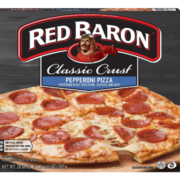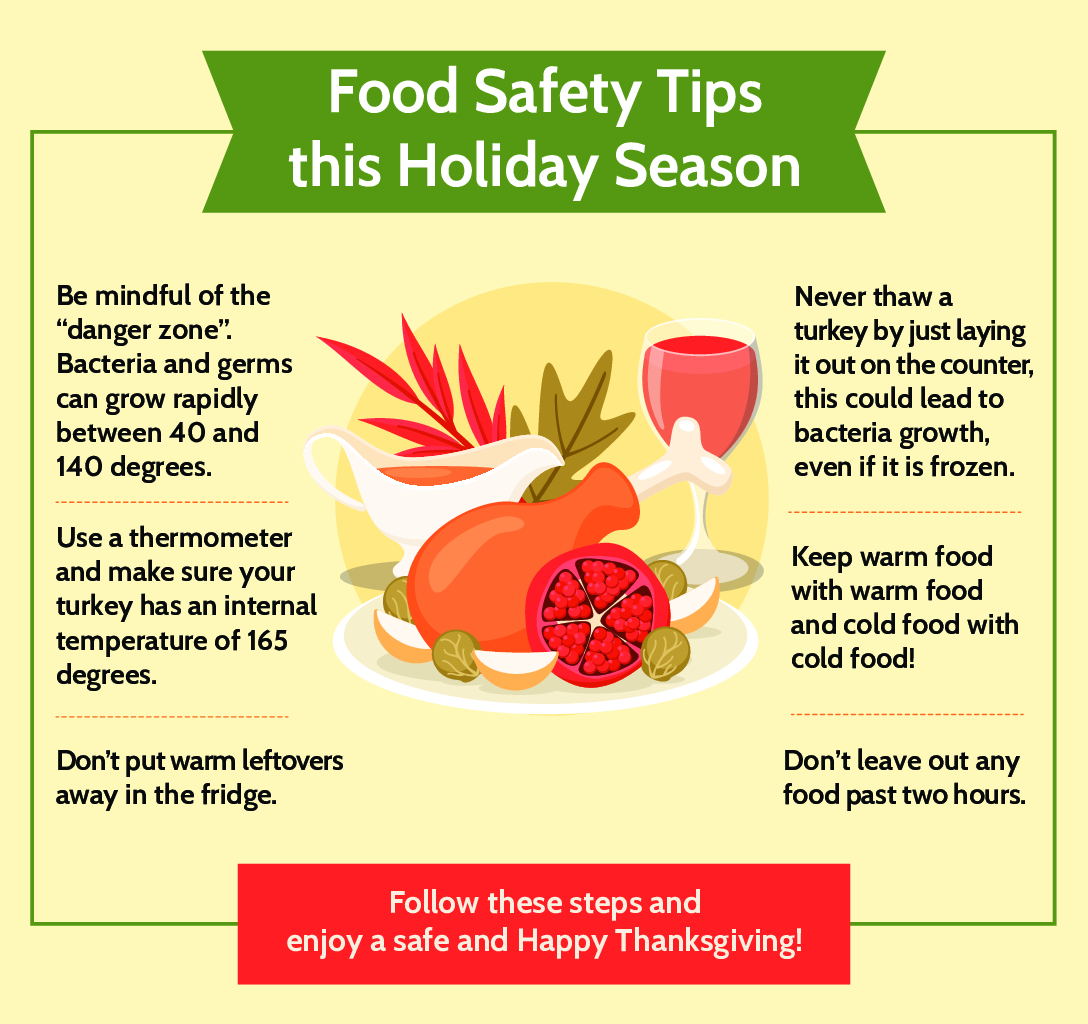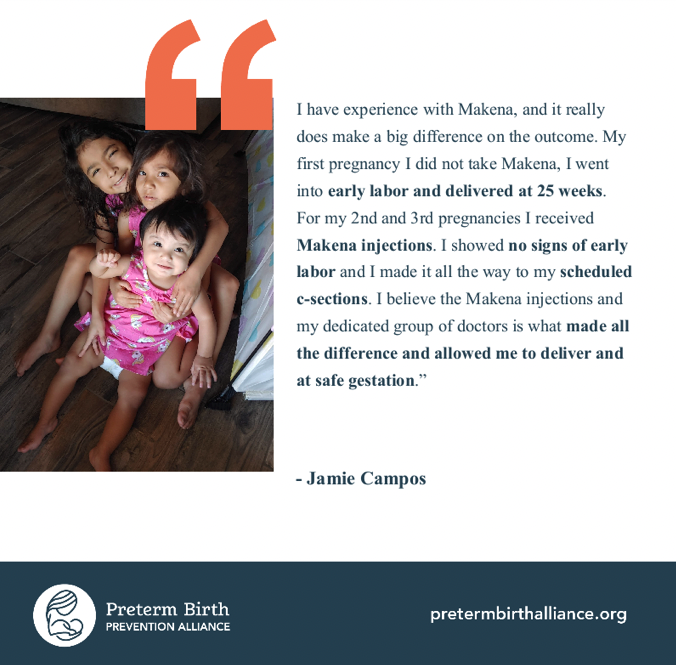July 7, 2022
Media contact: National Consumers League – Katie Brown, katie@nclnet.org, (202) 207-2832
Washington, DC— The National Consumers League (NCL) today released A New Patient-Centered Obesity Action Agenda: Changing the Trajectory of Obesity Through Patient Empowerment, Health Professional Intervention and Supportive Government Policies, a new report with a blueprint to change how Americans think about obesity, empower people with obesity to get the best care, and afford those with obesity the same access to care as adults with other serious chronic diseases.
Issued as a call to action, the report was prepared in consultation with a panel of leading obesity specialists as a roadmap for overcoming one of the difficult challenges affecting US adults now living with obesity: despite significant advances in the understanding and treatment of obesity, only 10 percent of people with obesity get help from medical professionals,[1] meaning the disease remains largely undiagnosed and undertreated. Accordingly, only 30 million[2] of the estimated 108 million adults living with obesity[3] have been diagnosed with the disease and only around 2 percent of those eligible for anti-obesity medications have been prescribed these drugs.[4]
The consequences of undertreatment affect virtually every aspect of the healthcare system. Obesity not only has a negative impact on almost every aspect of health and well-being, but it worsens the outcomes of over 230 obesity-related chronic diseases, from type 2 diabetes and heart disease to some forms of cancer.[5] Accordingly, obesity is responsible for an approximately 300,000 premature deaths each year[6] deaths and costs the U.S. economy an estimated $1.72 trillion annually in direct and indirect costs.[7]
“Although obesity is one of today’s most visible public health problems, it is often ignored and discounted as a serious disease, resulting in a health crisis that has only worsened with time,” said
Sally Greenberg, NCL’s Executive Director. “This report focuses attention on the numerous public perception, provider and policy-related factors that preclude Americans with overweight and obesity from getting effective treatment and must be addressed if obesity outcomes are to improve in the US.”
To change the trajectory of the obesity epidemic, the report calls for a national mobilization to overcome the “human” factors– incorrect beliefs about the cause and treatment of obesity, prejudice towards people due to their size, lack of training for health providers, access barriers, and outdated government policies – that continue to prevent Americans from seeking and obtaining obesity care. Towards this end, NCL’s patient-centered action agenda identifies nine priorities for action:
- Redefine Obesity for the American Public as a Treatable Chronic Disease
Although the American Medical Association classifies obesity as a chronic disease requiring treatment, three-quarters of Americans believe obesity results from a lack of willpower. Thus, redefining obesity as a treatable chronic condition will provide a new context for health providers and patients to have a positive discussion about weight, leading to more people getting diagnosed and treated.
- Adopt Patient-First Language for Obesity
Unlike other chronic diseases where health professionals use people-first language that puts a person before a diagnosis, practitioners routinely use terms to describe obesity that can be off-putting and demoralizing. To change this situation, the National Consumers supports the agenda of the People-First Initiative launched by the Obesity Action Coalition, which advocates for widespread adoption of people-first language by practitioners in all healthcare settings.
- Make Combatting Weight Stigma a National Priority
Studies show that 40 percent of healthcare professionals –physicians, nurses, dietitians, psychologists and medical students – admit to having negative reactions based on a person’s size.[8]Addressing this pervasive problem requires a unified national initiative that makes the impact of weight stigma “real” for clinicians and the public and disseminates the latest information to health providers on strategies to reduce weight stigma.
- Elevate the Need for Physician Training in Obesity
A recent study of 40 US medical schools finds that 30 percent of these institutions provide little or no education in nutrition and obesity interventions while one third of schools reported no obesity education programs in place.[9] These findings underscore the urgency for US medical schools to change their priorities and develop curricula that comprehensively addresses the disease of obesity.
- Establish Excess Weight as a Vital Sign
Besides body temperature, blood pressure, heart rate and respiration, health providers routinely measure height and weight at each visit. Thus, if healthcare professionals were to calculate and provide patients with their Body Mass Index (BMI) at the time of the office visit, practitioners could have a tool to discuss excess weight when patients are most receptive to discussing their health status. It is recognized that BMI is a crude measure and not the sole predictor of obesity but when combined with patient-friendly information that explains the level of weight and options for treatment, this interaction could initiate a positive, respectful conversation about obesity care.
- Provide the Tools for a Doctor-Patient Dialogue on Excess Weight
A major reason primary care providers (PCPs) are reluctant to provide obesity counseling is the lack of informational tools to have conversations with patients about their weight status and care options. Therefore, a unified effort to make available to PCPs evidence-based, patient-friendly content on obesity will facilitate a better dialogue between clinicians and patients and promote shared decision-making.
- Establish Coverage of Obesity as a Standard Benefit Across Insurers and Health Plans
Although employers and insurers are starting to cover treatment options for obesity in employee benefit packages, too many people continue to be denied coverage or face access barriers, such as step therapy and prior authorization, that delay treatment. Improving obesity outcomes therefore requires supporting legislative efforts, like the “Safe Step Act” that would require group health plans to provide an exception process for step-therapy protocols. It also necessitates collaboration among payers, providers, policymakers, and advocates to establish a standard, affordable benefit for the prevention and treatment of obesity that applies across plan types and payers.
- End Outdated Medicare Rules That Exclude Coverage for Necessary Obesity Care
Today, the many millions of Americans enrolled in the Medicare program are denied safe and effective obesity treatment due to outdated Medicare Part D rules that exclude coverage for FDA-approved obesity drugs and Medicare Part B policies that places undue restrictions on intensive behavioral therapy by allowing only primary care providers to deliver IBT and severely restricting the physical locations where this care can occur. Congress has the power to change this situation, which is why NCL has joined with the obesity, public health and nutrition communities is pressing for swift passage of the Treat and Reduce Obesity Act (TROA). The proposed legislation would expand Medicare coverage to allow access to IBT from a diverse range of healthcare providers while ending the exclusion for new anti-obesity medications that are improving the standard of care for adult Americans with obesity.
- Create a Patients’ Bill of Rights for People with Obesity
For too long, people with obesity have been stigmatized, discriminated against, and have faced significant hurdles and burdensome requirements to receive care. Changing this situation will require giving people with obesity the knowledge, skills and confidence to be advocates for their best obesity care. Therefore, NCL’s patient-centered obesity action agenda calls for the creation of a Patients’ Bill of Rights for People with Obesity based on the recognition that obesity is a treatable disease and everyone with obesity deserves the same level of attention and care as those with other chronic conditions.
###
About the Report
To prepare the report, NCL partnered with the Obesity Care Advocacy Network (OCAN) to host a roundtable discussion in December 2021where public health specialists, leading professional societies, the minority health field and the obesity policy community assessed the state of the science on obesity today, the scope and cost of the disease in the US and the major barriers impeding quality obesity care with special attention to the “human” obstacles that keep people with obesity from seeking or obtaining treatment. Additionally, NCL conducted a literature review to gather additional insights, especially regarding how to change how people with obesity see themselves, so they become empowered to advocate for their care as patients with a chronic disease. Based on this assessment, NCL drafted the report, which was vetted by experts participating in the roundtable, and developed the policy recommendations included in the Patient-Centered Obesity Action Agenda.
About the National Consumers League (NCL)
The National Consumers League, founded in 1899, is America’s pioneer consumer organization. Our mission is to protect and promote social and economic justice for consumers and workers in the United States and abroad. For more information, visit www.nclnet.org.
[1] Stokes A, et al. Prevalence and Determinants of Engagement with Obesity Care in the United States. Obesity. Vol. 26, Issue 5; May 2018, 814-818
[2] PharMetrics-Ambulatory EMR database, 2018. Novo Nordisk Inc.
[3] Hales CM,, et al. Prevalence of Obesity and Severe Obesity Among Adults: United States, 2017-2018. Centers for Disease Control and Prevention. NCHS Data Brief. No. 360. February 2020.
[4] PharMetrics-Ambulatory EMR database, 2018. Novo Nordisk Inc.
[5] Obesity Care Advocacy Network. Fact Sheet: Obesity Care Beyond Weight Loss
[6] Allison DB, et al. Annual deaths attributable to obesity in the United States JAMA 1999Oct 27 282(16)1530–8.
[7] Milken Institute (October 2018), “America’s Obesity Crisis: The Health and Economic Costs of Excess Weight.”
[8] Fruh SM, et al. Obesity Stigma and Bias. J Nurse Pract. 2016 Jul-Aug; 12(7): 425–432.
[9] Butch WS, et al. Low priority of obesity education leads to lack of medical student’ preparedness to effectively treat patients with obesity; results from the U.S. medical school obesity education benchmark study. BMC Med Educ 20, 23 (2020)


 By Ryan Barhoush, Food and Nutrition Program Associate
By Ryan Barhoush, Food and Nutrition Program Associate



 By Nancy Glick, Director of Food and Nutrition Policy
By Nancy Glick, Director of Food and Nutrition Policy













